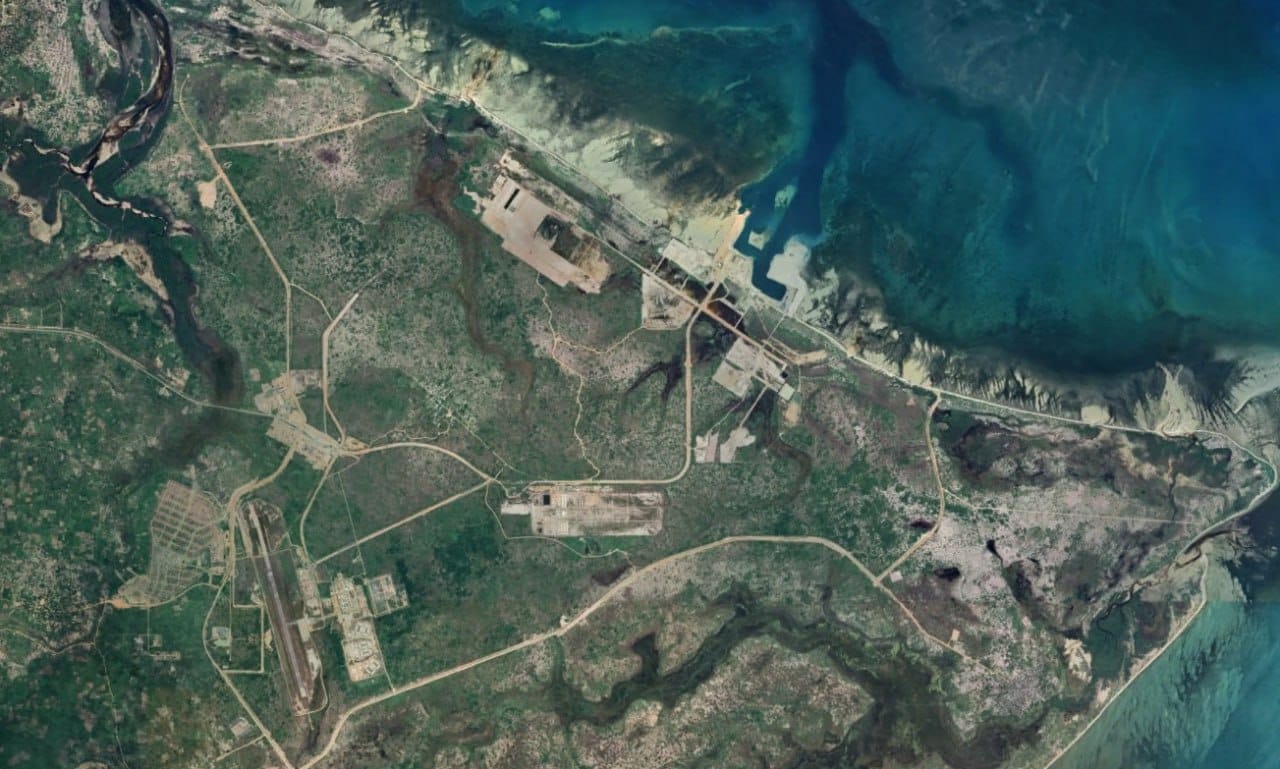Good afternoon. Kenmare last week published its ‘Report on Payments to Governments’. The company runs one of the biggest extractive sector projects in the country, the heavy sand mine at Moma, on the coast of Nampula. Its total contribution to the Mozambican exchequer in 2022 was $17.2 million, of which $6.1m was tax, $10.7m was royalties, and the remaining $409k was fees.
Is that a lot or a little? It’s a good question. Gemfields, the main shareholder in Montepuez Ruby Mining (MRM), would say it’s not a lot, given Kenmare’s revenues. In the same year, MRM paid close to three times that — $44.5m — on revenues that were only a third of Kenmare’s.
Gemfields is campaigning for a new industry standard to measure extractive projects’ contributions to their host countries. They call it the ‘G-Factor’, and explain that it is “an uncomplicated indicator of the percentage of a natural resource company’s revenue that is paid to the host country government in primary and direct taxes, plus — where the host government is a shareholder — dividends.”
It certainly is uncomplicated — simply divide the total payment to government by the company’s revenue. For 2022, MRM’s G-Factor was 27%; Kenmare’s was 3.45%. The difference would be even starker if the contribution were divided by profit; Kenmare’s would only rise to 6%, while MRM’s goes to 71%, by Zitamar’s calculations.








